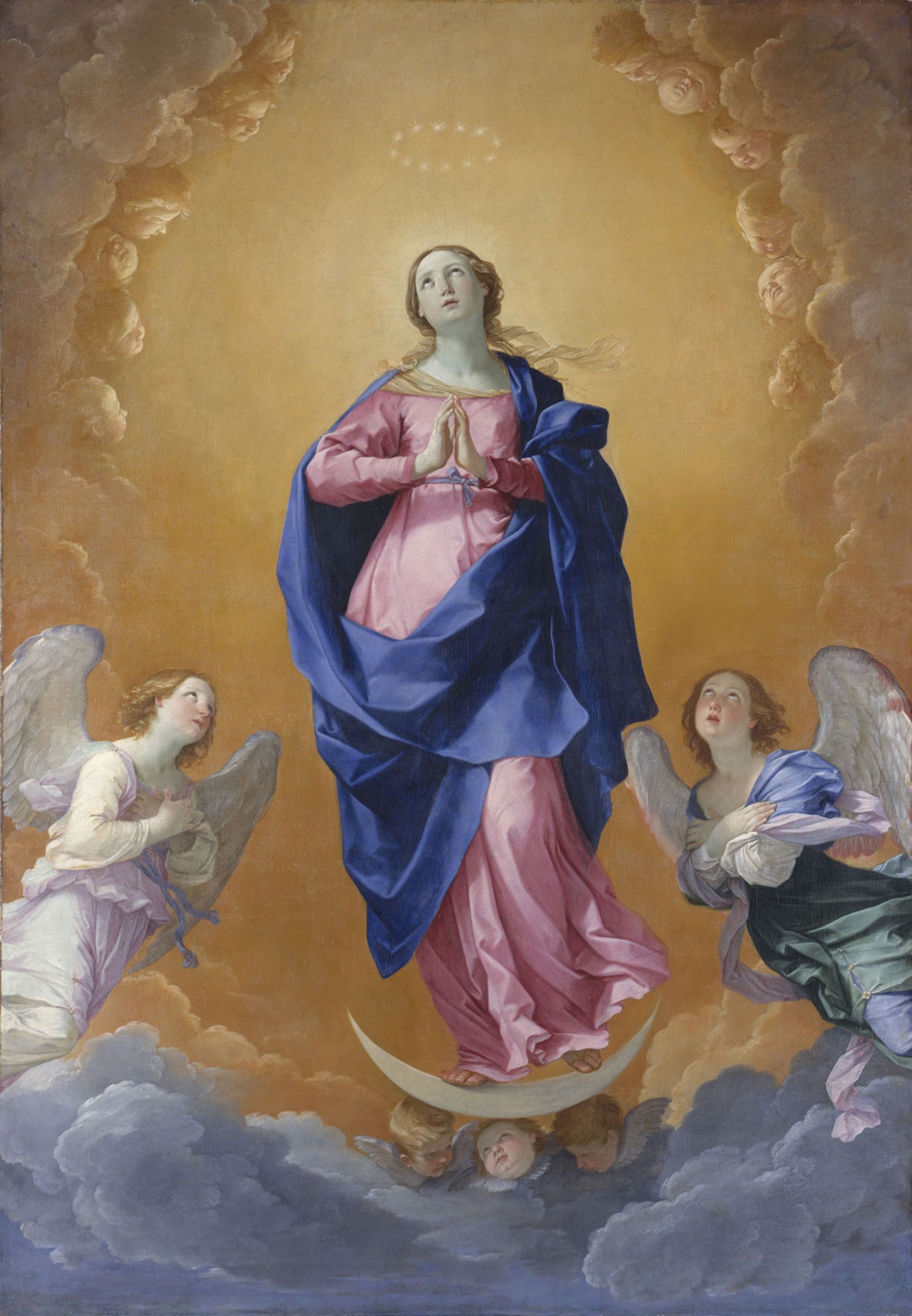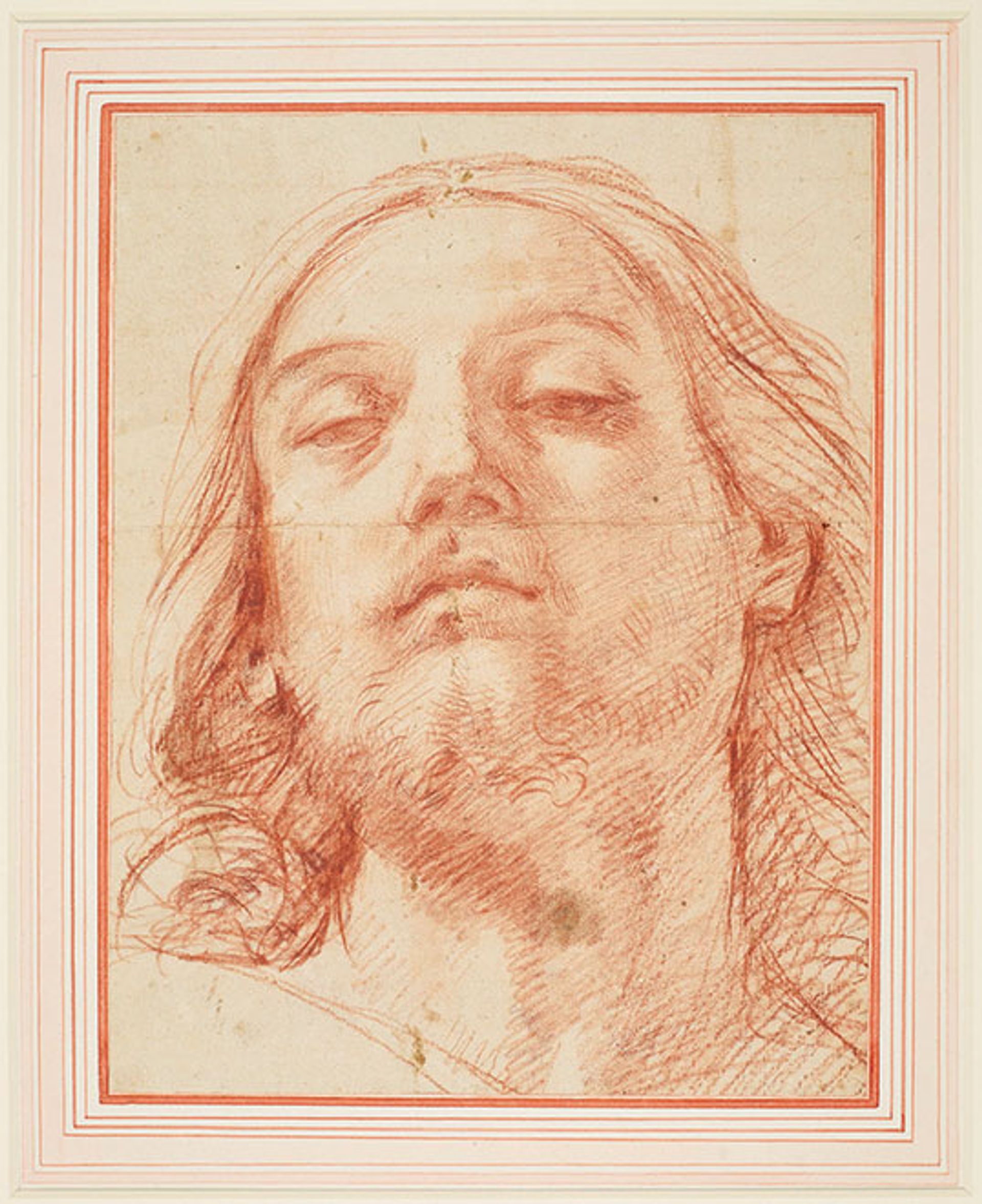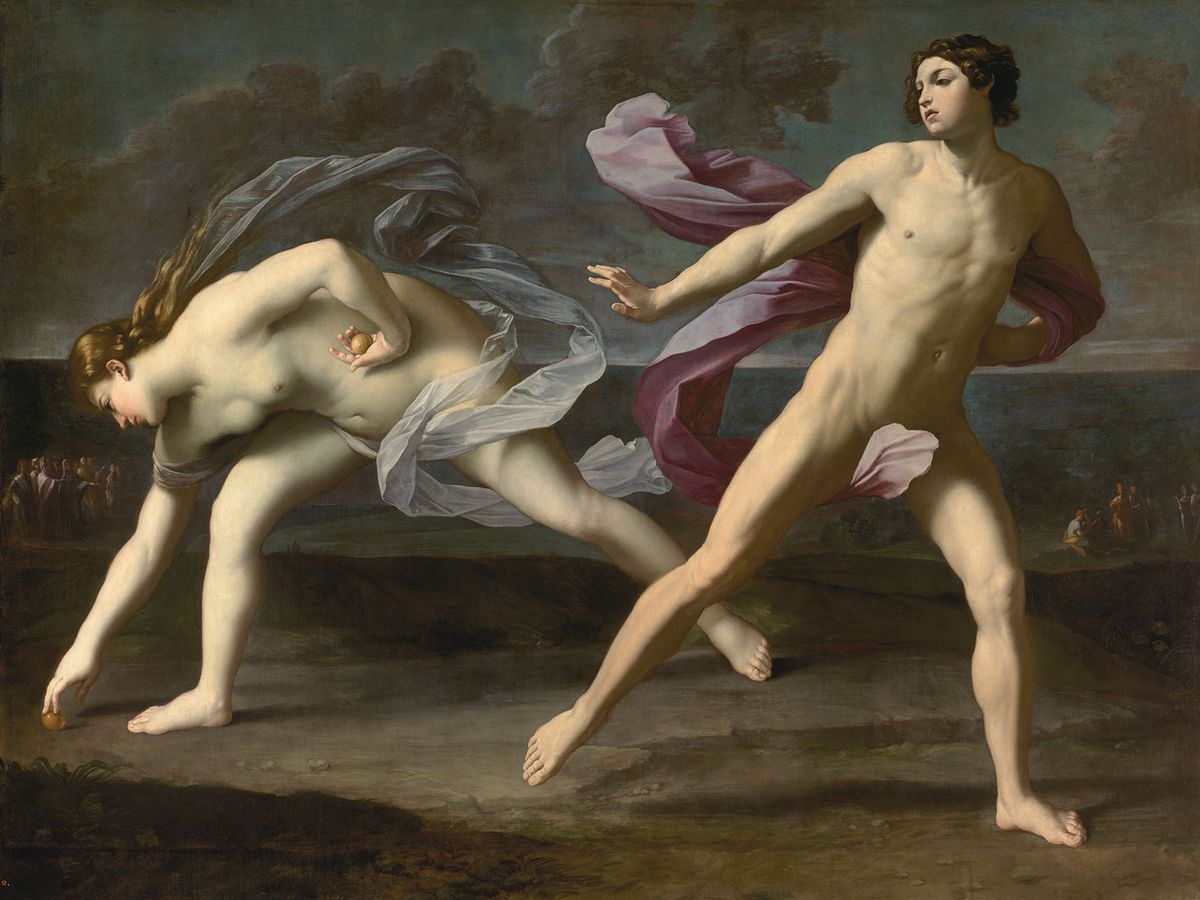Bologna’s supreme Baroque artist, Guido Reni (1575-1642), was known in his lifetime as “the divine”, referring to his celestial talents and subject matter. But the gods of the art world have not always been kind to Reni, whose upward-gazing Madonnas began to seem more than a tad treacly by the 19th century. (John Ruskin, for one, loathed him.) And Reni’s mid-20th-century rediscovery ended up coinciding with that of his rival in Papal Rome, Caravaggio, whose proto-modern proclivities can still outshine Reni’s immense, manifold, but essentially classicising talents.
Frankfurt’s Städel Museum hopes to bring the lustre back to Reni’s star this month by presenting around 130 of his paintings, drawings and etchings in Guido Reni: The Divine. The exhibition, which also includes some 35 comparative works of art and other objects, comprises the largest number of autograph works by the artist brought together in one place, says the exhibition curator Bastian Eclercy, who is the Städel’s expert in Italian Renaissance and Baroque painting.

Guido Reni's Immaculate Conception (1627) Photo: The Metropolitan Museum of Art
“Divine”—an epithet that Reni’s contemporaries also used to remark on his diva-like manner—is a concise word for summing up the artist’s oeuvre, which was concerned almost exclusively with Christian and mythological imagery. Basking in the patronage of Rome’s Borghese family, he was able to break away from early influences, such as the Carracci clan of his native Bologna and Caravaggio himself, and arrive at an elegant, harmonious synthesis of earlier styles.
The show, which begins with a biographical overview, establishes Reni as a contradictory character who was both deeply religious and highly superstitious, Eclercy says, as well as a high-earning compulsive gambler who “lost in the evening what he earned in the morning”. Reni’s Madonnas—which launched centuries of imitations and, his harshest critics might suggest, paved the way for religious kitsch—are represented here with pathos-filled iterations, including Immaculate Conception (1627) on loan from New York’s Metropolitan Museum of Art. But it is the male body, rather than the face of the Virgin, that is now judged to have inspired him most.

Guido Reni’s Head Study for Christ (1620) is on loan from the Royal Collection at Windsor Castle Photo: © His Majesty King Charles III 2022
Eclercy, who says Reni showed no outward signs of a romantic life, stops short of queering the lifelong bachelor. But it is works like his red-chalk sketches of male beauty, including Head Study for Christ (1620), on loan from the Royal Collection at Windsor Castle, that are bound to appeal most to the contemporary eye. In his dynamic retelling of the myth of Hippomenes and Atalanta (around 1615-18), Reni has the apple-seeking huntress bending away from her gorgeous would-be suitor, as he makes his own star turn. The life-size work, which has recently undergone conservation treatment, is on loan from Madrid’s Museo Nacional del Prado, whose own Reni show next spring will share around 30 core works with the Städel’s (28 March-9 July 2023).
Eclercy has incorporated new findings and theories in the show, including the argument that David with the Head of Goliath, a recently cleaned painting on loan from France’s Musée des Beaux-Arts in Orléans, should be regarded as another autograph version, and possibly earlier than the version at the Musée du Louvre, long thought to have come first. Meanwhile, a remarkable loan from the Louvre serves as the show’s centrepiece: in the Allegory of the Union of Drawing and Painting (around 1625), the handsome youth representing drawing is gazing into the eyes of the beautifully adorned maiden who stands for painting. Reni’s rare depiction of heterosexual love is a match made in heaven.
• Guido Reni: The Divine, Städel Museum, Frankfurt, 23 November-5 March 2023


